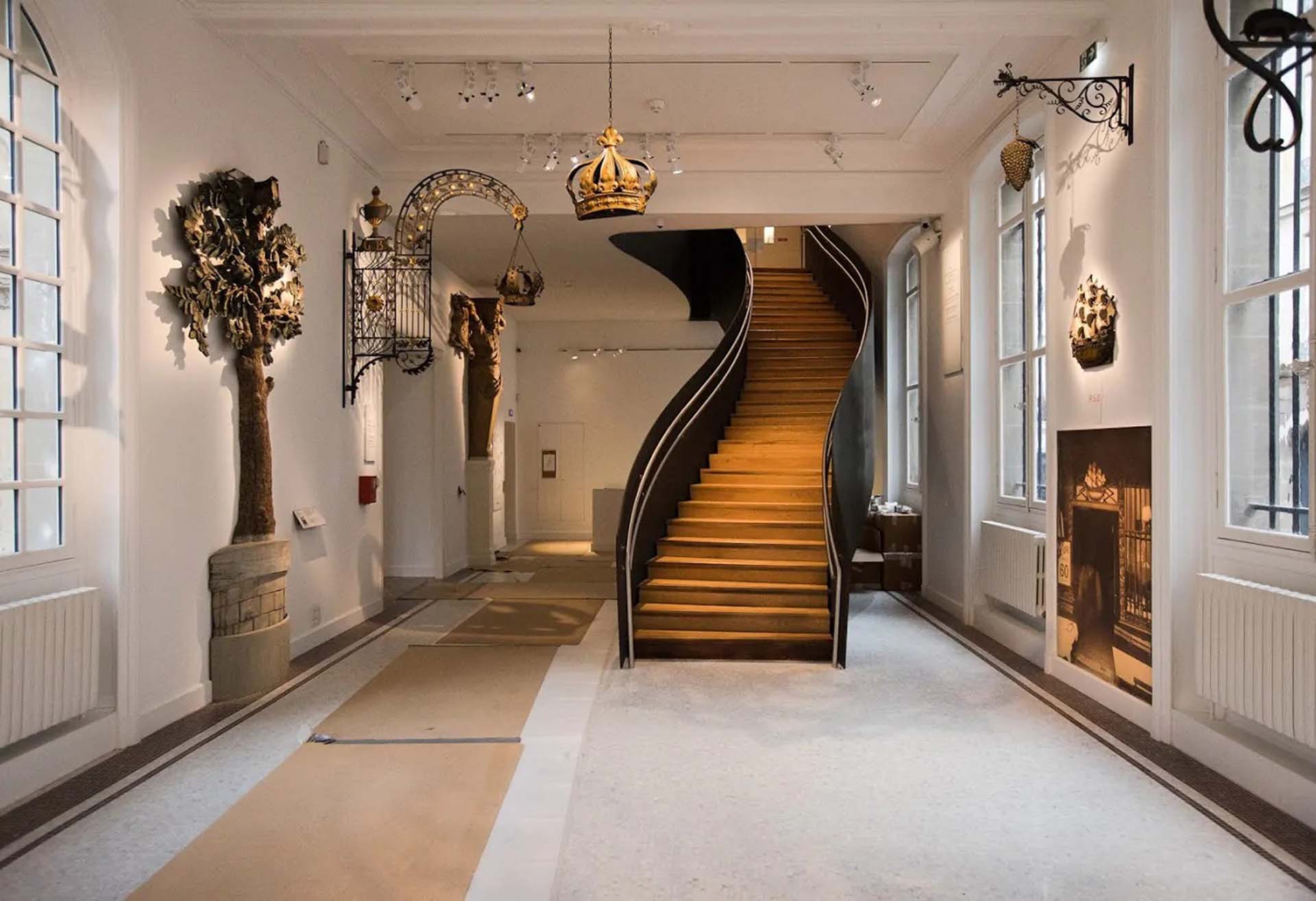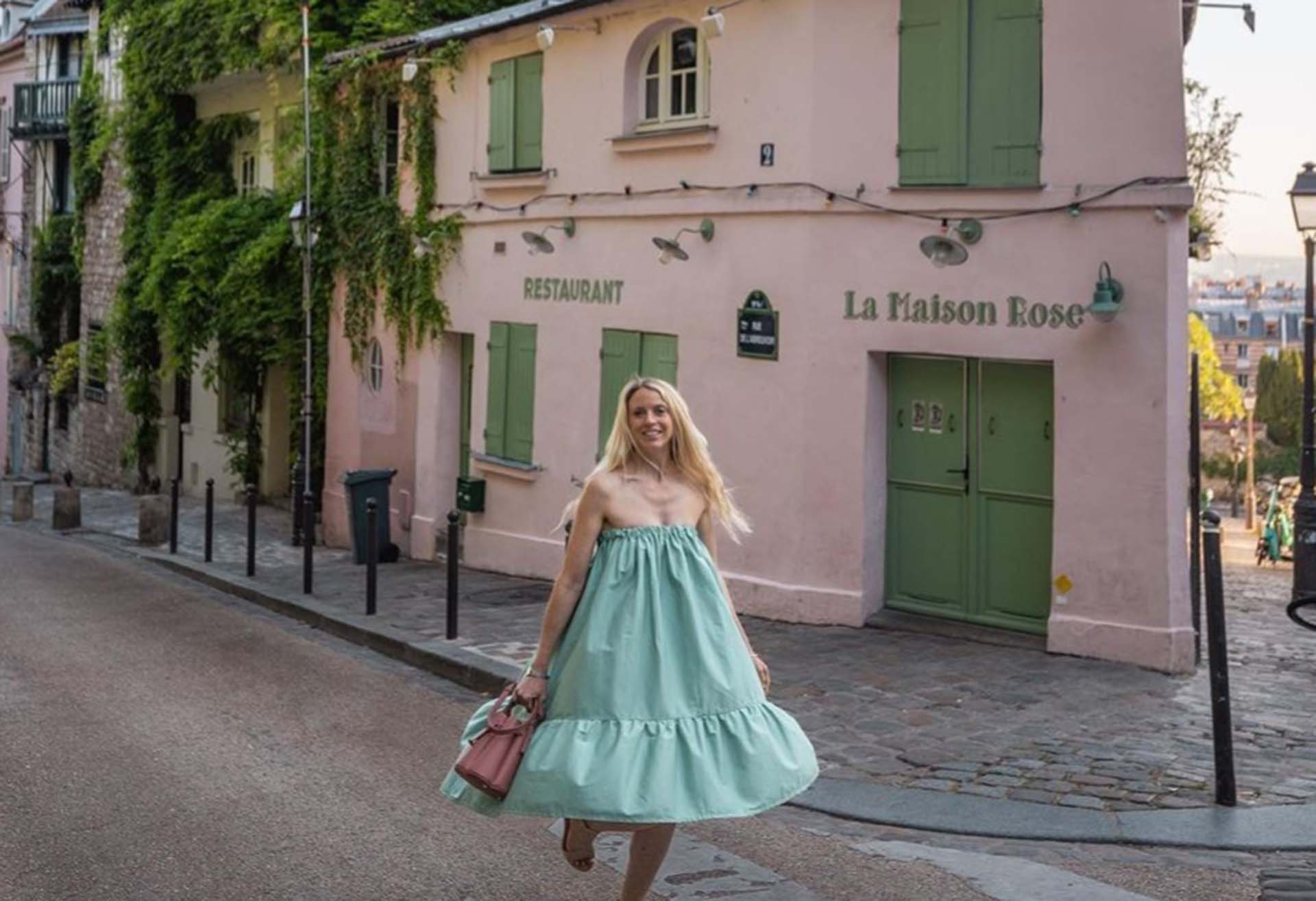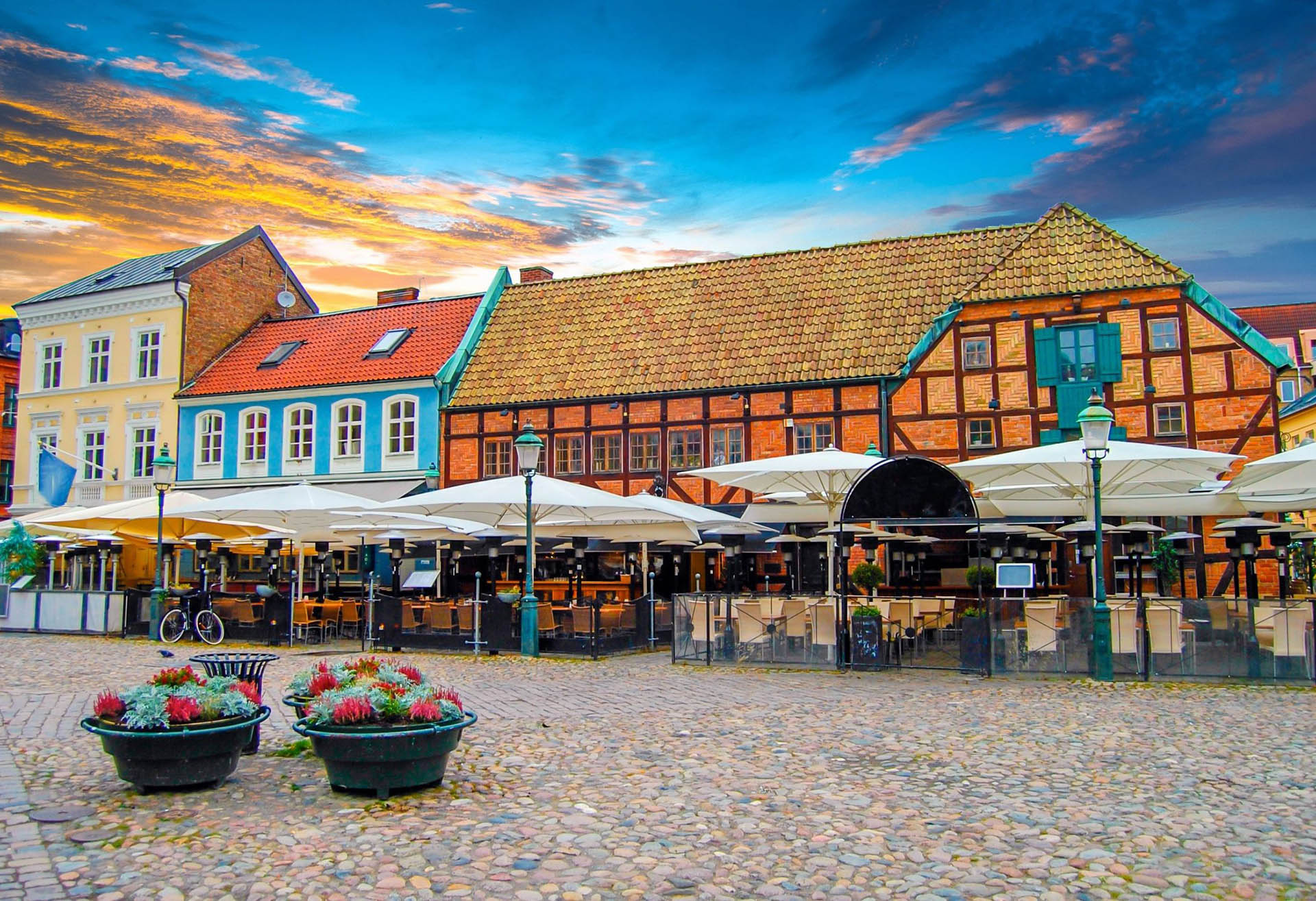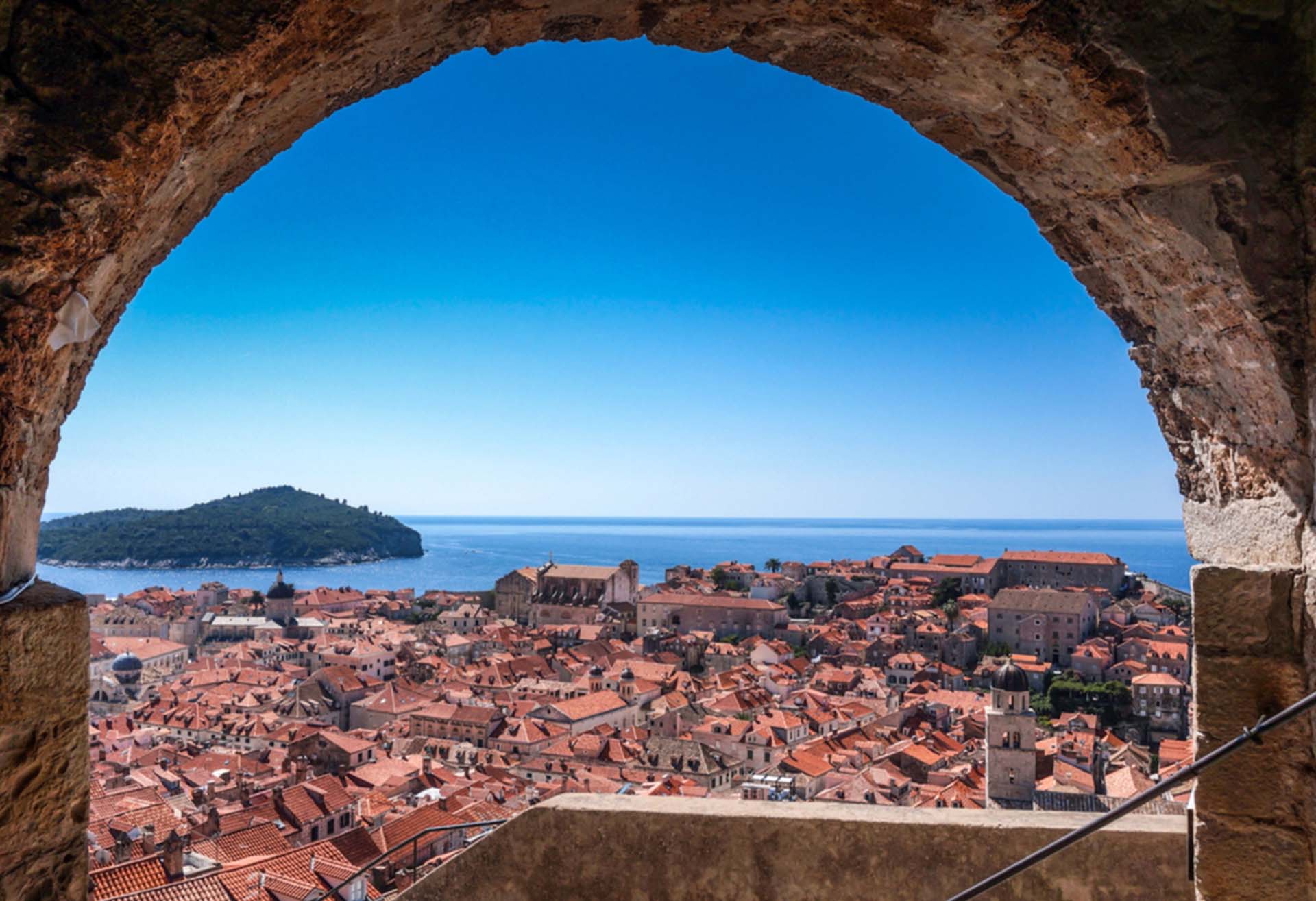Unlocking the Treasures of Parisian Culture, History, and Beauty
Paris, the City of Lights, holds within its heart a trove of golden gems waiting to be discovered. We embark on a journey to explore the cultural tapestry of this enchanting city. We will delve into the historical depths and architectural wonders of five prominent destinations that embody the essence of Paris. From the majestic Le Petit Palais to the captivating Musée Carnavalet, each locale offers a unique perspective on the rich history and artistry that define this iconic city.
1. Le Petit Palais: Where Elegance Meets Art
Getting There:
Le Petit Palais, nestled in the 8th arrondissement, is easily accessible by various modes of transportation. The most scenic approach is a leisurely stroll from the Champs-Élysées, allowing you to absorb the grandeur of Parisian architecture along the way.
Exploring the Locale:
As you enter the ornate gates of Le Petit Palais, be prepared to be transported to a realm of elegance and art. The museum, originally built for the 1900 Exposition Universelle, showcases an impressive collection of fine arts, sculptures, and decorative pieces. Marvel at the intricately designed gardens, a serene oasis in the heart of the bustling city.
Ticket Reservations and Prices:
To make the most of your visit, consider booking tickets in advance through the official website or reputable online platforms. Admission prices vary, with discounts available for students and seniors. Keep in mind that some special exhibits may have separate ticketing.
Opening Hours:
Le Petit Palais opens its doors from Tuesday to Sunday, with extended hours on certain days. Plan your visit during the late afternoon to experience the museum in the soft glow of the setting sun.
Historical Background:
Journeying through the corridors of time, Le Petit Palais emerges as a testament to the grandeur of Parisian art and architecture. Conceived with visionary zeal as a “Palace of Fine Arts” for the Universal Exhibition, this resplendent landmark transcends mere aesthetics, encapsulating the very essence of an era characterized by cultural opulence.
The genesis of Le Petit Palais can be traced back to the late 19th century when the city of Paris was preparing to host the 1900 Exposition Universelle, a world’s fair aimed at showcasing the pinnacle of human achievement. In the spirit of this ambitious undertaking, the idea of constructing a palace dedicated to the celebration of fine arts took root. The result was Le Petit Palais, a manifestation of the artistic aspirations and cultural pride of the Belle Époque period.
The architectural tapestry of Le Petit Palais is a mesmerizing fusion of Belle Époque and Beaux-Arts styles, each element meticulously curated to evoke a sense of timeless elegance. The Belle Époque aesthetic, characterized by its celebration of beauty, innovation, and joie de vivre, finds expression in the delicate ornamentation, intricate detailing, and harmonious proportions of the palace. Meanwhile, the Beaux-Arts influence adds a touch of classical grandeur, with a symmetrical layout and monumental features that pay homage to the traditions of classical art and architecture.
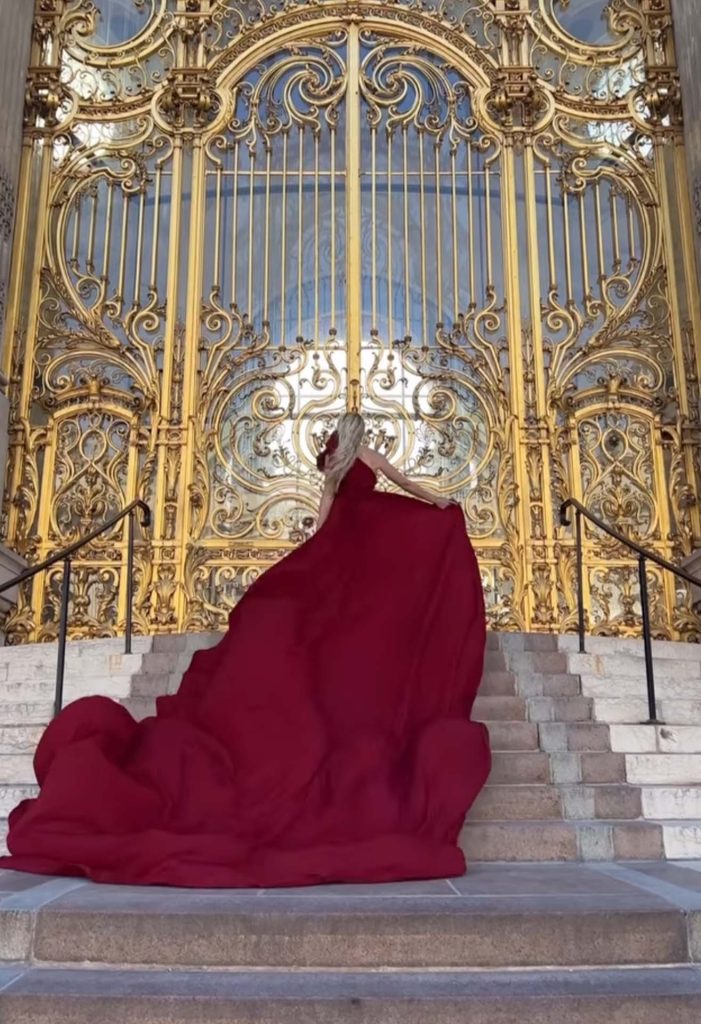
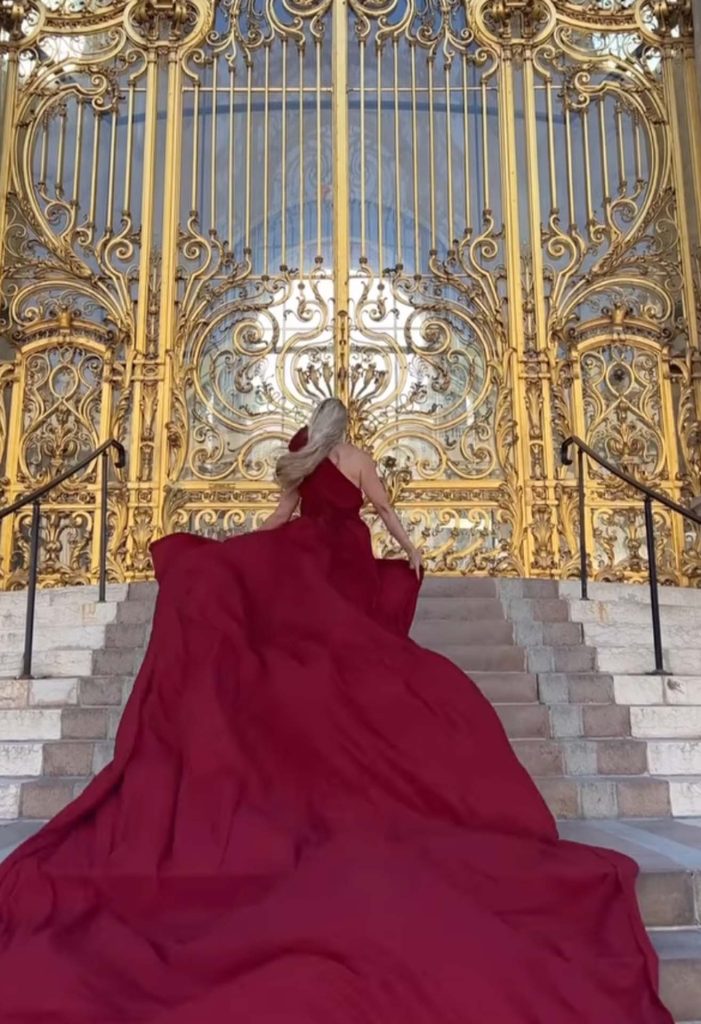
2. Musée des Archives Nationales (Hôtel de Soubise): A Glimpse into Royal Archives
Getting There:
Situated in the historic Marais district, Musée des Archives Nationales, housed in the grand Hôtel de Soubise, can be reached conveniently by metro or on foot from nearby attractions.
Exploring the Locale:
Step into the majestic halls of Hôtel de Soubise, once a residence for French nobility. The museum, home to the National Archives, unveils centuries of French history through manuscripts, documents, and artifacts. Wander through opulent rooms adorned with intricate woodwork and period furniture.
Ticket Reservations and Prices:
Secure your entrance by pre-booking tickets, available online or at the museum’s entrance. Pricing varies, and combination tickets for access to other National Archives sites are also available.
Opening Hours:
The museum typically welcomes visitors from Tuesday to Sunday. To avoid crowds, opt for a mid-week visit in the morning or late afternoon.
Historical Background:
Embarking on a journey through the annals of time, Hôtel de Soubise emerges as a resplendent testimony to the grandeur of French Rococo architecture and the transformative currents of history. Once a regal abode for dukes and princes, this architectural masterpiece now stands as an enduring symbol of the evolution of French governance and culture.
The story of Hôtel de Soubise dates back to the early 18th century when construction began on what was to become one of the most exquisite townhouses in Paris. Commissioned by François de Rohan, the Prince of Soubise, and his wife Anne de Rohan-Chabot, the building took shape under the skilled hands of architect Pierre-Alexis Delamair. Its creation was not just an architectural venture but a proclamation of aristocratic prestige and artistic finesse.
Hôtel de Soubise stands as a quintessential example of French Rococo architecture, a style characterized by elaborate ornamentation, asymmetrical designs, and a celebration of the playful and ornate. The façade of the hotel, adorned with sculpted reliefs, intricate wrought ironwork, and delicately carved details, epitomizes the whimsical charm of the Rococo era.
The interior of Hôtel de Soubise, an opulent tapestry of gilded moldings, frescoed ceilings, and lavish salons, transports visitors to an era when extravagance was not merely a choice but a way of life for the French aristocracy. The grandeur of the Rococo style is particularly evident in the Salon de la Princesse, a room adorned with mirrored panels, gilded stucco, and an ethereal ceiling painting by François Boucher.
Originally conceived as a private residence for the Rohan-Soubise family, the hotel became a hub of aristocratic life and sophistication. Dukes and princes, influencers of their time, reveled in the sumptuous surroundings of Hôtel de Soubise. The extravagant balls, salons, and gatherings hosted within its walls echoed with the laughter and conversations of the French elite.
The hotel’s illustrious residents contributed to its cultural significance. Madame de Pompadour, the influential mistress of Louis XV, leased the property for a time, adding another layer of historical allure to its walls. The very rooms of Hôtel de Soubise bear witness to the conversations that shaped French culture and politics during this dynamic period.
3. Musée d’Orsay – Salle des Fêtes: A Gala of Art and History
Getting There:
Musée d’Orsay, housed in a former railway station, is conveniently located on the Left Bank of the Seine. Accessible by metro, bus, or a scenic walk along the river, reaching this iconic museum is a breeze.
Exploring the Locale:
Enter the Salle des Fêtes, a hidden gem within Musée d’Orsay, and witness the grandeur of this lavishly decorated ballroom. Adorned with chandeliers, gilded moldings, and intricate frescoes, the Salle des Fêtes provides a unique perspective on the convergence of art and social history.
Ticket Reservations and Prices:
Ensure a seamless visit by booking your tickets in advance, either through the museum’s official website or trusted ticketing platforms. Ticket prices may vary based on exhibitions and visitor categories.
Opening Hours:
Musée d’Orsay generally opens its doors every day except Mondays. To avoid long queues, plan your visit during weekdays, and consider exploring the Salle des Fêtes in the early afternoon.
Historical Background:
Delve into the history of Musée d’Orsay, a cultural institution housed in a Beaux-Arts railway station. The Salle des Fêtes, originally a glamorous venue for grand events, now serves as a testament to the intertwining narratives of art and societal evolution.
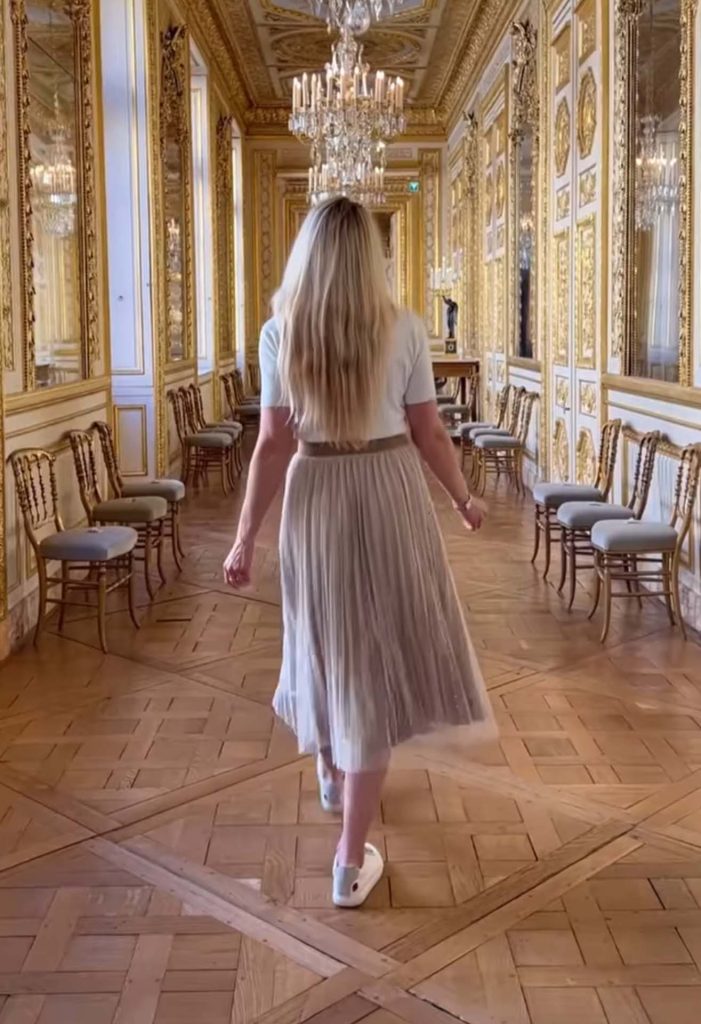
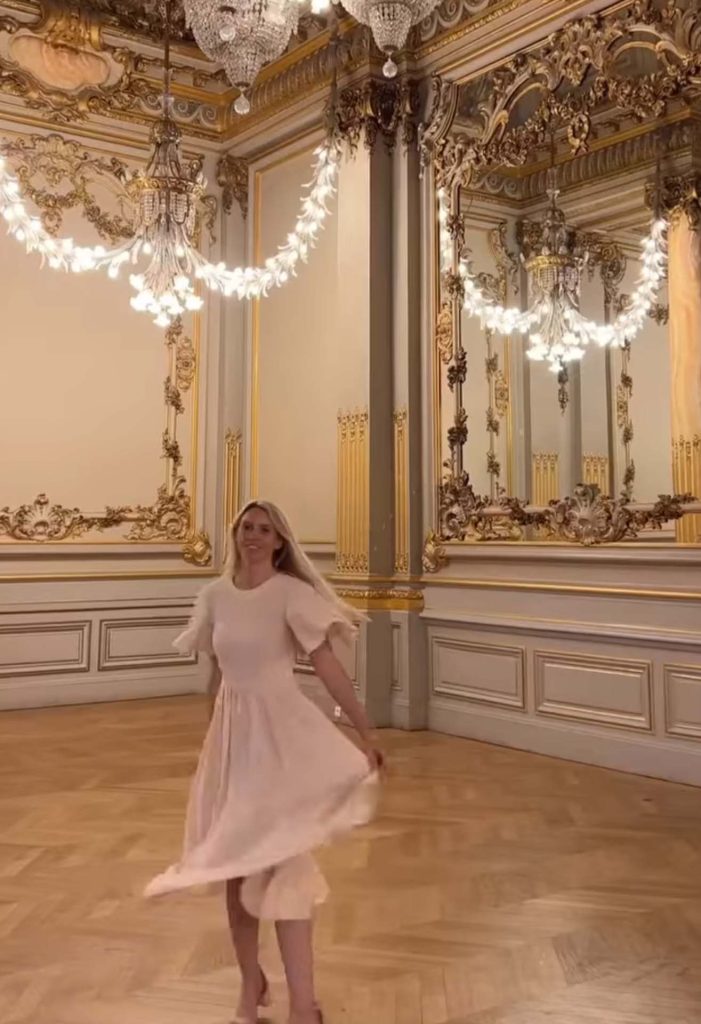
4. Hôtel de la Marine: Nautical Splendor on Place de la Concorde
Getting There:
Situated on the iconic Place de la Concorde, Hôtel de la Marine is easily accessible by metro, bus, or a leisurely stroll from nearby attractions such as the Louvre.
Exploring the Locale:
Step into the maritime history of France as you explore Hôtel de la Marine. Originally serving as the headquarters of the French Navy, the building is a masterpiece of neoclassical architecture. Wander through rooms adorned with naval artifacts, grand salons, and intricate detailing.
Ticket Reservations and Prices:
Optimize your visit by reserving tickets in advance through the official website or authorized ticket vendors. Ticket prices may vary, and guided tours are often available for a more immersive experience.
Opening Hours:
Hôtel de la Marine welcomes visitors throughout the week, with specific hours for guided tours. Plan your visit in the morning to appreciate the natural light filtering through the grand windows.
Historical Background:
Uncover the historical significance of Hôtel de la Marine, a symbol of French naval power. From its role in maritime administration to its transformation into a cultural space, the building narrates a compelling tale of France’s maritime heritage.
5. Musée Carnavalet: An Immersive Journey through Parisian History
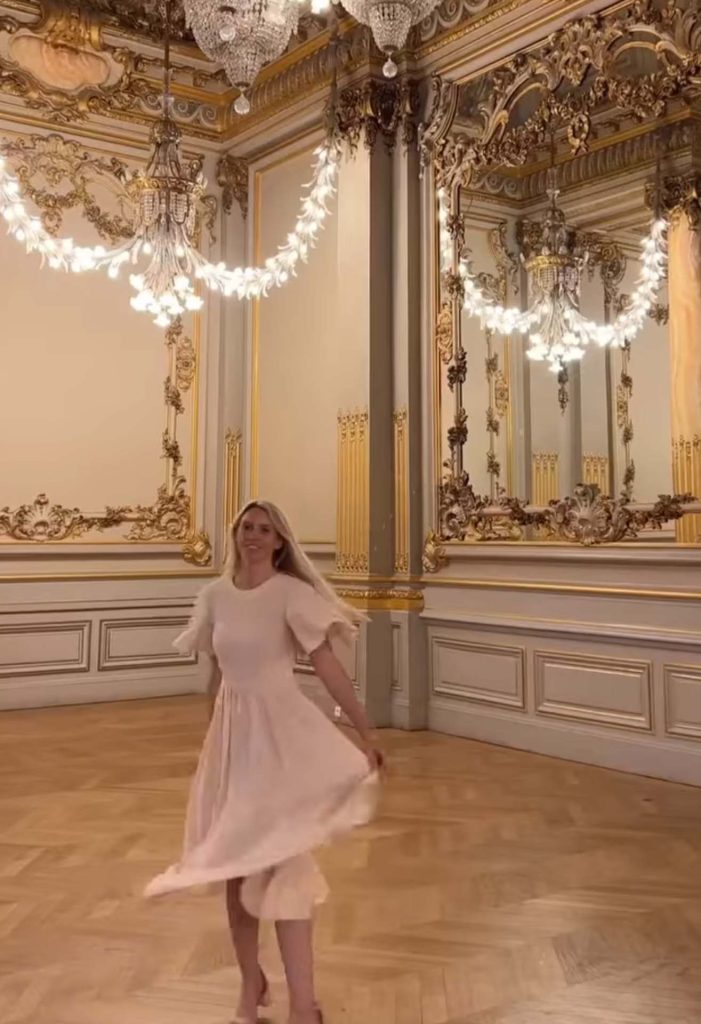
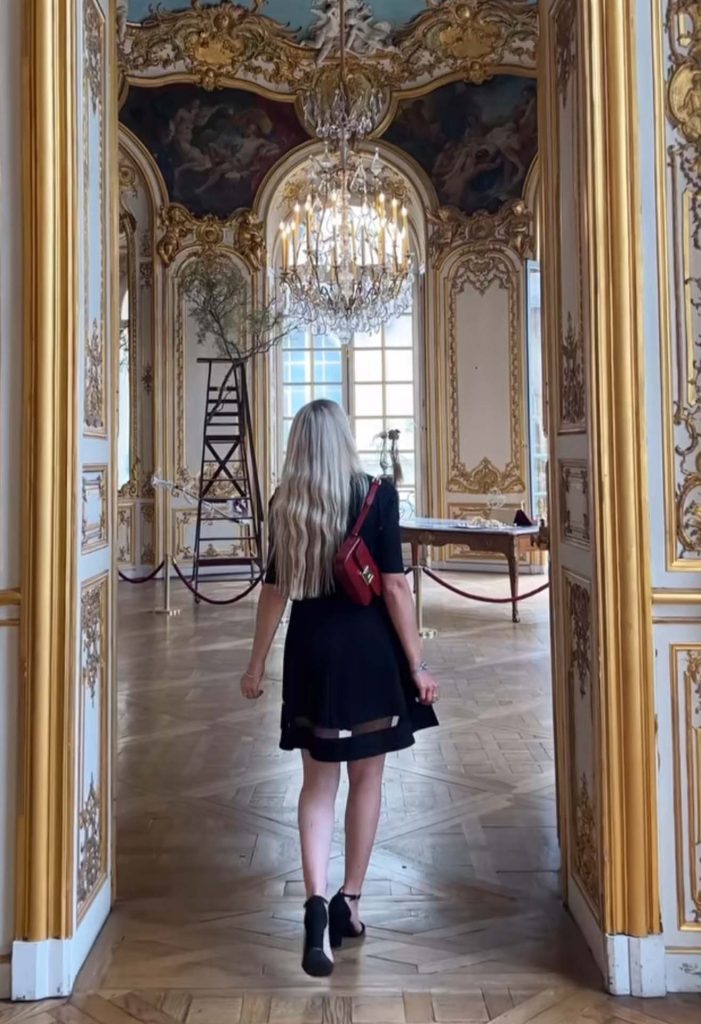
Getting There:
Located in the Marais district, Musée Carnavalet can be reached by metro, bus, or a delightful stroll through the charming streets of this historic neighborhood.
Exploring the Locale:
Musée Carnavalet invites you to step back in time and explore the rich history of Paris. Housed in two magnificent mansions, the museum showcases artifacts, paintings, and memorabilia that chronicle the city’s evolution from the Renaissance to the present day.
Ticket Reservations and Prices:
Plan your visit by securing tickets in advance through the official website or authorized ticket vendors. Admission prices may vary, and special exhibitions may have separate ticketing.
Opening Hours:
Musée Carnavalet opens its doors throughout the week, with varying hours for different sections of the museum. Consider starting your visit in the early afternoon
to make the most of your time.
Historical Background:
Immerse yourself in the historical ambiance of Musée Carnavalet, once the residence of Madame de Sévigné and later a museum dedicated to the history of Paris. The museum’s architecture and exhibits weave a captivating narrative of the city’s past.
In the company of a young, successful model and avid travel blogger, this journey through the golden gems of Paris offers a profound encounter with the city’s cultural, historical, and artistic treasures. From the opulence of Le Petit Palais to the maritime legacy of Hôtel de la Marine, each destination beckons with stories of a bygone era. As you traverse the elegant halls and immerse yourself in the history woven into the fabric of these landmarks, you’ll find yourself not merely exploring Paris but living its extraordinary legacy. Let these golden gems be your guide as you embark on a voyage through the heart of this enchanting city.

